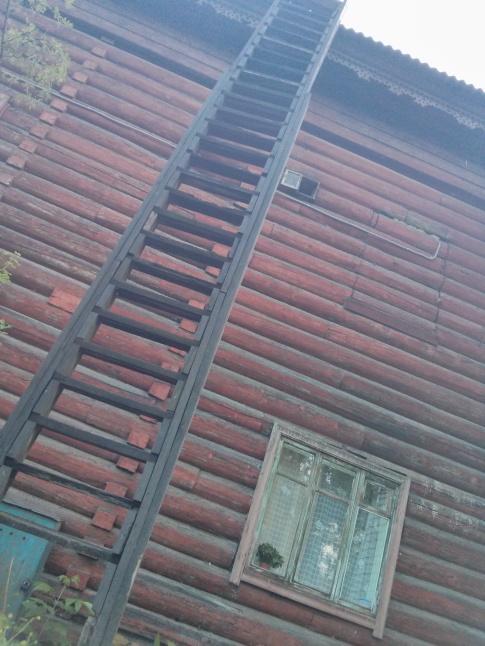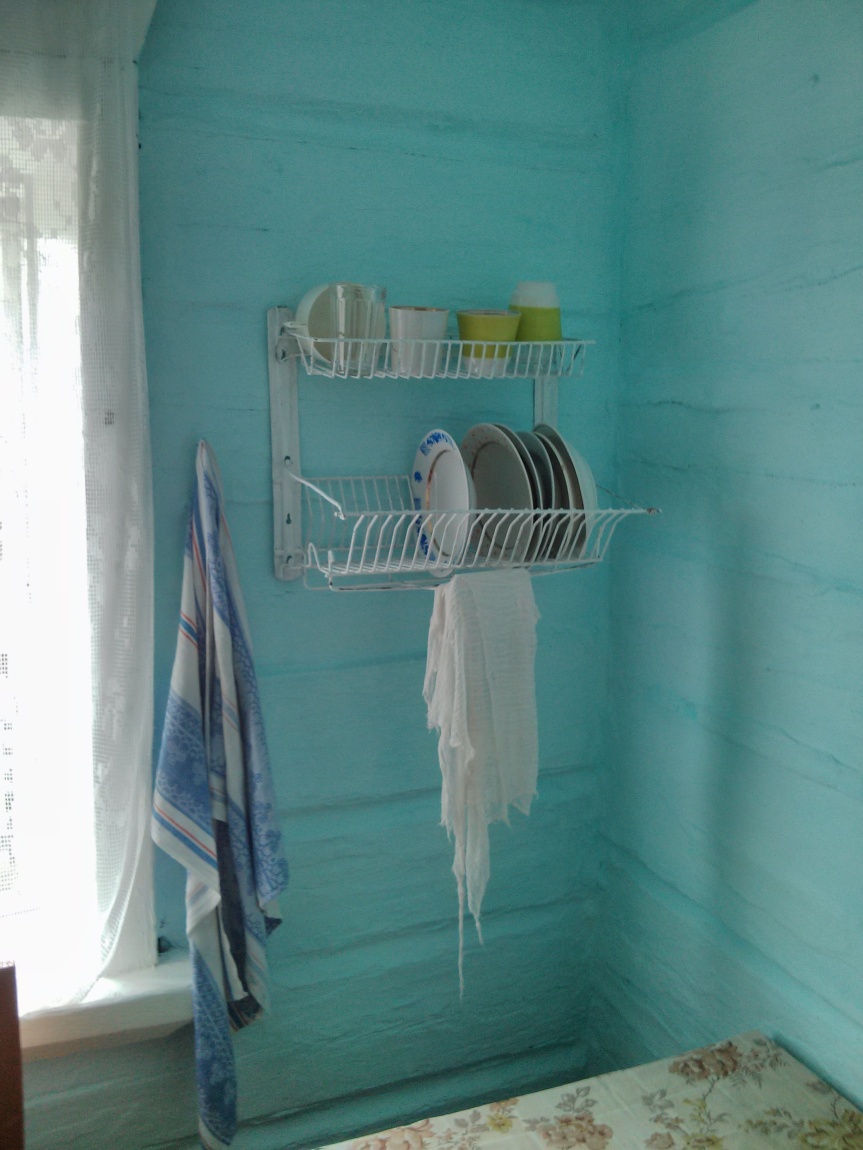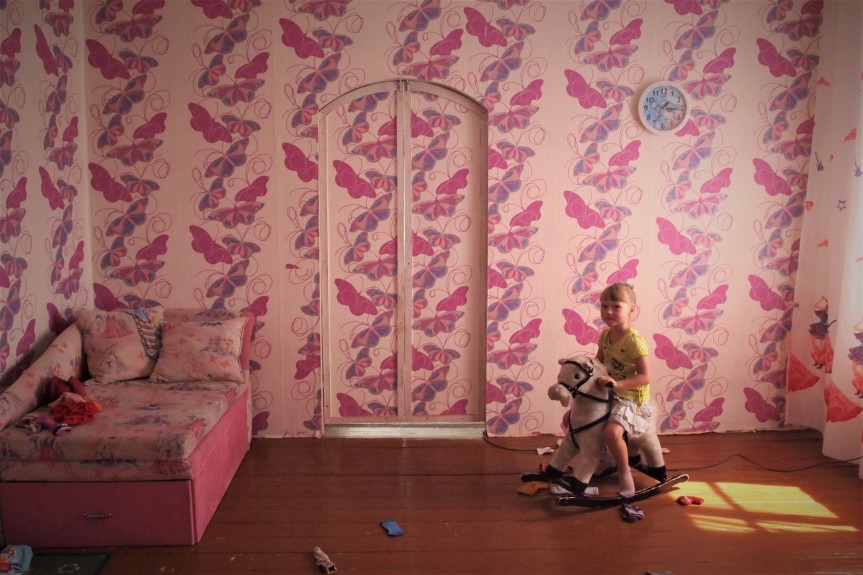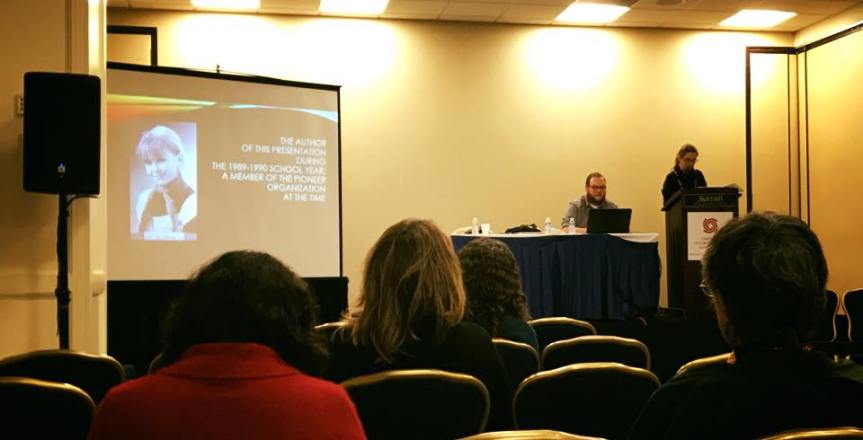I collected several testimonies online regarding the difficulty of getting a stable academic job in the USA (and English-speaking world in general). While this is news for none of us, I find these testimonies deserving of attention. The source is the academic wiki “venting_page.” Most of these are from a while back (I assume venting moved somewhere else (I read a stable flow of it on Facebook and Twitter).)
1) “First off, I’m really thankful for having a job and being able to use my training, because, as most of you know, there are so many people who are overqualified for the jobs that they have, they’re working in another industry just to survive, or they’re struggling to get by on unemployment. That being said, it’s frustrating to know that even after spending four years on the market and landing the coveted tenure track job, in many cases you will be struggling just to make ends meet and living like a college sophomore. No one goes into academia (at least not people in the liberal arts) expecting to make a corporate salary, but there’s definitely a bit of a sticker shock when you realize that you’ll need to live with a roommate and sell your car just to make rent every month. Maybe this is simply a case of supply and demand (universities and colleges know that they can always find someone willing to take your job) or a state of the post-post-Boomer economy, but as a young first generation working class kid, I was led to believe that a university professor was a highly esteemed middle class, white collar profession. I’m supposed to be the one who “made it” in my family, but I’m embarrassed to say that nearly every day I regret my decision to have pursued this career path.”
2) “Perhaps I am naive but in my field (in the arts) it seems a little easier to get a job than in many other, more academic or research oriented fields (this based on observations of friends/colleagues getting positions). I came so close last year only to watch one position go to a friend, another (for which I was told an offer letter was on its way) go to someone else, and a third never schedule the on-campus interview with me. I’m currently working professionally in my field and supporting myself with a day job. I watch traffic on my portfolio site every day and I can see that a lot of places are looking at me, some multiple times. I’m trying to be patient, I know the process takes a long time, but it’s hard. One university in particular…the job was perfect for me, the description just seemed to have been written with my CV in mind. I hope every day that they will contact me but I know that the reality is that there are factors (like the expense of bringing me in as a candidate from across the country) beyond my control. I’m trying very hard to come to terms with the fact that it may not happen for me this year either. I might be facing another year of day jobbing. How can I stop the obsessive need to have THIS YEAR BE THE YEAR, and be ok if it eventually doesn’t pan out for me?”
3) “I’m an academic historian married to artist. Arts jobs, in our experience, are just as hard to get. The numbers are similar–my wife has been a finalist for jobs that had more than 700 applicants, and I don’t think I ever faced such odds. The arts are also inherently more subjective (though, admittedly, not much more). Even in positions that advertise “Painting,” whether you are classical, observational, post-modern, conceptual, and so on–according to someone else’s definition, mind you, and depending on the preferences–will get you culled or advanced automatically at most jobs. Don’t forget, also, that “MFA, Yale” trumps a whole lot of other factors. My wife has not landed a TT (in fact, I just landed my first ever TT position a few weeks ago), and she is probably leaving academia. She applied very selectively, but in the end it comes down to the fact that she would rather be making her art than teaching, anyway.”
4) “Academics, forgive me! For as bad as you all have it, I have it much, much worse. I am the spouse of an academic. Is there anything worse on this planet to be?
My spouse has been on the market, in one form or another, for the past decade. She has applied for TT positions, and only gotten nibbles at non-research institutions (she’s in the sciences). She tried one — which involved a move of 2,000 miles — only to find out that there were so many politics that she had no hope of surviving with her research intact. She fled and landed in a non-TT location with great research facilities but no TT prospects, and has spent the past six years working, publishing, and looking for work.
And now, now she gets the call from a university only 150 miles away. Hooray! Ha. So now we interview, and we interview again, and we interview a third time, and we follow up, and we send updated CVs with new publications, and we provide proof of grants, and we do just about every damn thing in the world….
And now we are down to two candidates, and so, every day, I get to come home, after working 12 hours to support this insane career of my spouse, and my spouse cries inconsolibly and informs me that there has been no news, which can only be bad news, and that her job will probably collapse.
…
Think about this: I’ve moved 2,000 miles twice for her job. I’ve given up a decade of my life to support her. There seems to be no endgame, no end, just do this until finally I collapse from exhaustion, and I can’t work any more.”
5) “It’s my last year on the job market in the humanities — if I don’t get a TT position this year, I’m out. My fellowship is ending, my book is coming out, and I can’t keep wasting my time working and hoping for a job that will probably never materialize. It’s so demoralizing to still be on the market with a CV that got people in my PhD department tenure, and so frustrating to be ineligible for big grants for my next project, etc, because I still don’t have a TT or permanent position. I’m ageing out of postdoctoral roles, in career stage terms, but nobody wants me for anything else. Ugh, ugh, ugh.”
Source

In the photo: the ladder to the top
(Photo was taken by me during one of my travels, in Irkutsk)































































































